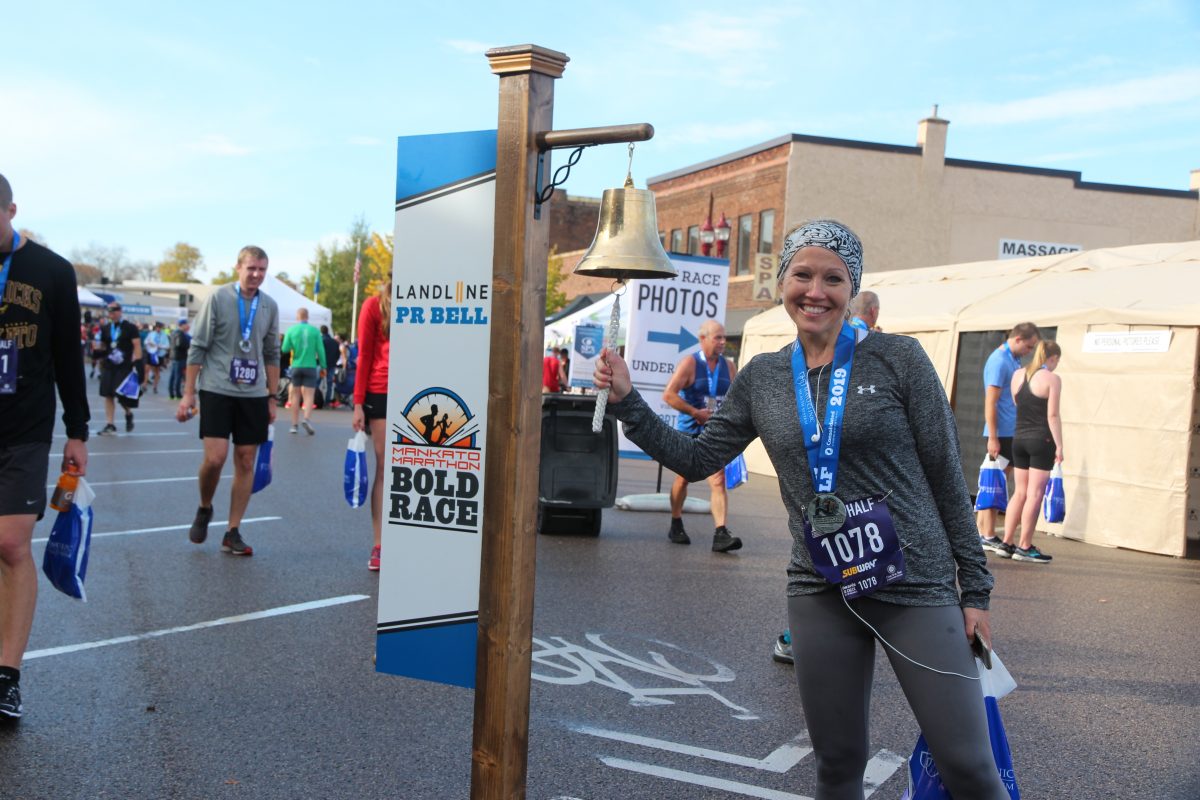You have just finished your first marathon! Congratulations, you now have a personal record! A personal record is the best result of a particular task, whether it is running a 5K, running a marathon, bass fishing, or weight lifting. It is always a great feeling to reach new levels and beat your personal record (PR).
Once you have set your PR, how do you go about improving and beat it?
 Many runners struggle to answer this question. The answer is likely different for each person. The first step to setting a new PR is reflecting upon your current practices. For running, it may be how often you run, how far, running techniques, cadence, running programs, cross training, and everything or anything else you do to reach your greatest heights. Examine your approach and try to identify how you could do things differently. Utilizing a training log or journal can help you reflect upon your approach and adjust.
Many runners struggle to answer this question. The answer is likely different for each person. The first step to setting a new PR is reflecting upon your current practices. For running, it may be how often you run, how far, running techniques, cadence, running programs, cross training, and everything or anything else you do to reach your greatest heights. Examine your approach and try to identify how you could do things differently. Utilizing a training log or journal can help you reflect upon your approach and adjust.
There are a number of techniques to reach your goal of setting a new PR. A few options include:
- Utilize cross training and numerous training approaches. This helps improve strength, endurance, and power. There are many training applications available online.
- Train for speed. There are many drills and approaches to train for speed.
- Optimize running cadence. This can allow for decreased work required for your body and increase energy efficiency.
- Improve breathing technique.
- Train with a partner or a group. This can motivate you to train faster and potentially more frequently than you would on your own.
- Set daily or weekly goals and reward yourself for meeting them.
After you have utilized a number of techniques, make note of this in your training log. You can then reflect on your results and assess what works best for you. Your approach may be similar or largely different than someone else’s. Keep an open mind and enjoy the process of reaching new heights on a regular basis.





